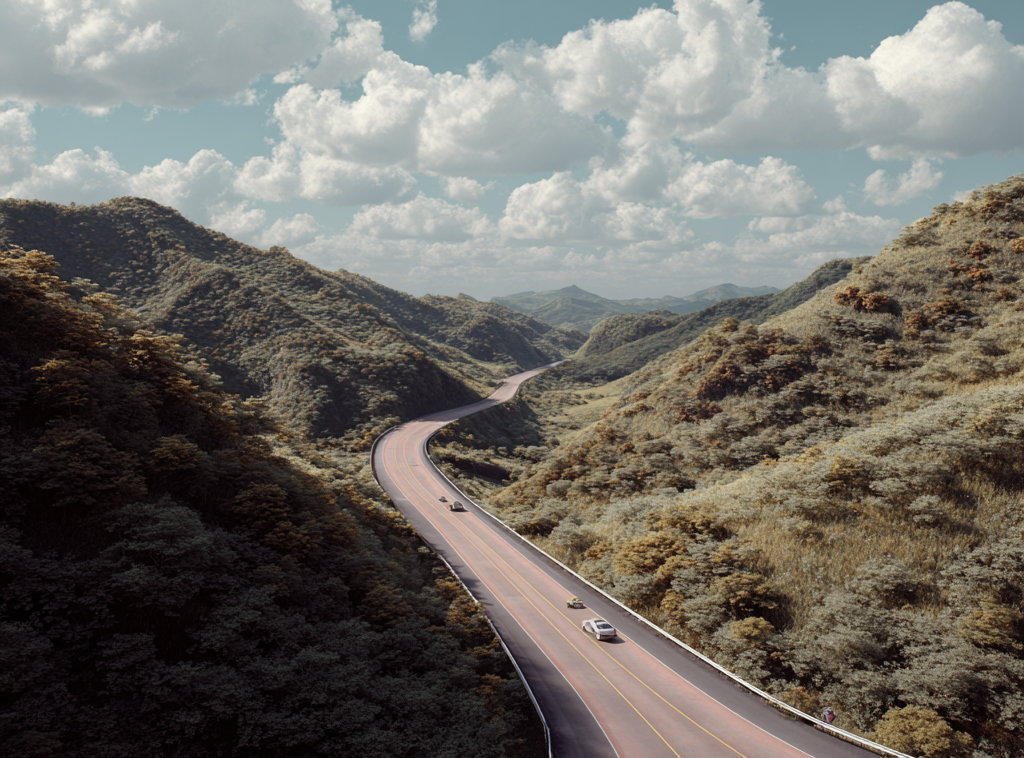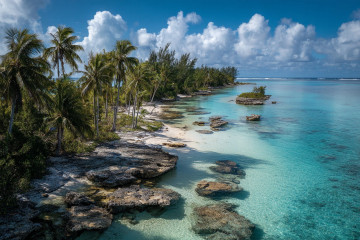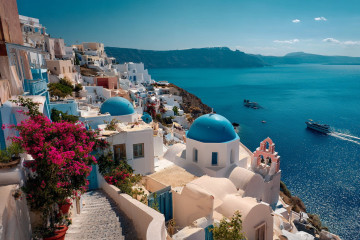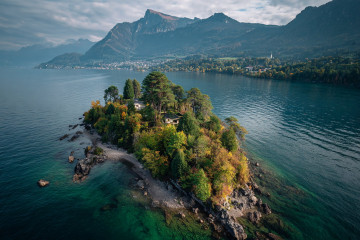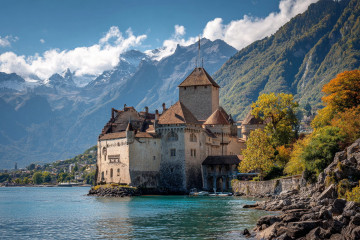Longest road in the world: Roads are crucial for modern transport, trade, and connecting regions globally. Many nations have developed extensive road networks to improve travel and connectivity. Check out the top 5 longest roads in the world.
Longest roads in the world: Roads are one of the most important parts of modern transport. They help people travel from one place to another, support trade, and connect cities, countries, and even entire continents. Over the years, different nations have built long road networks to make travel easier and improve connectivity. Some of these roads stretch for thousands of kilometres, passing through deserts, forests, mountains, coastal regions, and busy cities.
These long highways do much more than carry vehicles; they support economic growth, link remote areas to major towns, and give travelers a chance to explore different cultures and landscapes.
Understanding these long and significant roads helps us learn how countries stay connected and how transport systems play a major role in development.
Top 5 Longest Roads in the World
Below is a list of the top 5 longest roads in the world:
1. Pan-American Highway
The Pan-American Highway is the longest road network in the world. It stretches from Prudhoe Bay in Alaska (USA) to Ushuaia in Argentina. Covering around 30,000 miles (48,000 km), it passes through several countries in North, Central, and South America. This road crosses different climates and terrains and plays a vital role in connecting the Americas.
2. Highway 1, Australia
Australia’s National Highway 1 circles the entire continent. It connects major cities and small towns, covering 14,500 km (9,000 miles). The highway passes through coastlines, deserts, forests, and rural areas, making it one of the longest and most important road routes in the world.
3. Trans-Siberian Highway, Russia
The Trans-Siberian Highway runs across Russia from St. Petersburg in the west to Vladivostok in the east. It spans over 11,000 km, crossing multiple time zones and showcasing Russia’s diverse geography and cultural regions.
4. Trans-Canada Highway
The Trans-Canada Highway spans from the west coast to the east coast of Canada. It spans 7,821 km (4,860 miles) and traverses all 10 provinces. It connects major cities such as Vancouver, Calgary, Toronto, Ottawa, and Montreal, offering scenic views of mountains, lakes, and forests.
5. Highway 10 (G10 Expressway), China
The Beijing–Shanghai Motorway, also known as G10, is one of China’s major road routes. It stretches for about 4,100 km (2,550 miles) and connects the two major cities, Beijing and Shanghai. The motorway supports heavy trade and travel across several Chinese provinces.
